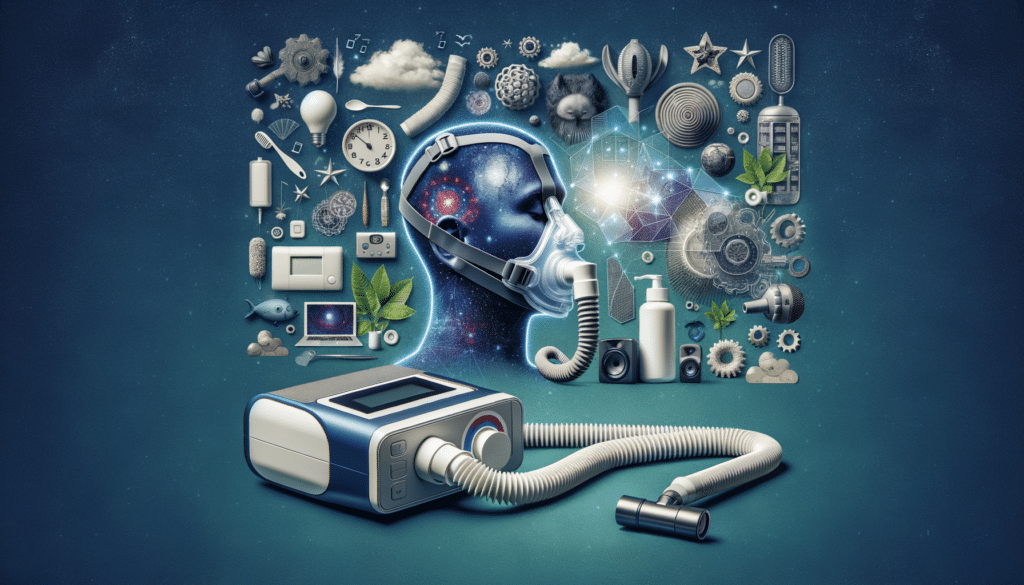Understanding Sleep Apnea: A Silent Disruptor
Sleep apnea is a common yet often undiagnosed condition that significantly impacts sleep quality and overall health. Characterized by repeated interruptions in breathing during sleep, these pauses can last from a few seconds to a minute and may occur 30 times or more an hour. The most prevalent type is obstructive sleep apnea (OSA), caused by a blockage of the airway, usually when the soft tissue in the rear of the throat collapses during sleep.
Individuals with sleep apnea often experience symptoms such as loud snoring, episodes of stopped breathing, abrupt awakenings accompanied by gasping, morning headaches, and excessive daytime sleepiness. The condition doesn’t just affect sleep; it can lead to serious health issues including hypertension, heart disease, diabetes, and even stroke.
Diagnosis typically involves a sleep study, either in a clinic or at home, which monitors breathing patterns, oxygen levels, and other vital signs. Given its potential severity, understanding and addressing sleep apnea is crucial for maintaining long-term health and well-being.
The Role of CPAP Machines in Managing Sleep Apnea
Continuous Positive Airway Pressure (CPAP) machines are a cornerstone in the treatment of sleep apnea. These devices work by delivering a steady stream of air through a mask, keeping the airways open during sleep. This consistent airflow prevents the airway from collapsing, thereby reducing or eliminating pauses in breathing.
CPAP machines have evolved significantly over the years, becoming more user-friendly and less intrusive. Modern devices are equipped with features such as heated humidifiers, adjustable pressure settings, and data tracking capabilities that enhance user comfort and compliance.
While the initial adjustment to using a CPAP machine can be challenging for some, the benefits are substantial. Regular use can lead to improved sleep quality, reduced daytime fatigue, and lower risks of associated health complications. Moreover, CPAP therapy can also alleviate symptoms like snoring, providing relief not just for the user but also for their sleep partner.
Exploring Anti-Snore Devices: Alternatives and Complements to CPAP
For those who snore but do not have sleep apnea, or for sleep apnea patients seeking additional relief, anti-snore devices can be a viable option. These devices come in various forms, including mouthpieces, nasal strips, and positional therapy devices, each designed to prevent airway obstruction.
Mouthpieces, also known as mandibular advancement devices, work by repositioning the lower jaw and tongue to keep the airway open. Nasal strips are adhesive bands placed on the nose to widen the nostrils and enhance airflow. Positional therapy devices encourage side sleeping, which can reduce snoring and mild sleep apnea symptoms.
While not as comprehensive as a CPAP machine, these devices can be effective for mild cases or as a supplementary measure. It’s important to consult with a healthcare provider to determine the most suitable option based on the individual’s specific needs and condition severity.
Comparing CPAP Machines and Anti-Snore Devices
When considering treatment for snoring and sleep apnea, understanding the differences between CPAP machines and anti-snore devices is essential. CPAP machines are primarily used for moderate to severe sleep apnea and offer a comprehensive solution by maintaining a constant airway pressure. They are highly effective but require a commitment to regular use and maintenance.
In contrast, anti-snore devices are generally used for mild snoring issues and may not be sufficient for treating sleep apnea. They are often more convenient and less invasive, making them an attractive option for those with less severe symptoms or those who struggle with CPAP adherence.
The choice between these options should be guided by a medical professional who can assess the severity of the condition and recommend the most effective treatment. Both options aim to improve sleep quality, but their effectiveness varies based on the individual’s condition and lifestyle preferences.
Conclusion: Choosing the Right Solution for Better Sleep
Addressing sleep apnea and snoring is vital for enhancing sleep quality and overall health. CPAP machines and anti-snore devices each offer unique benefits and cater to different needs. While CPAP machines provide a robust solution for sleep apnea, anti-snore devices can offer relief for milder cases or as a complement to other treatments.
Ultimately, the decision should be based on a thorough evaluation by a healthcare provider, taking into account the severity of the condition, personal comfort, and lifestyle considerations. Investing in the right solution can lead to improved sleep, reduced health risks, and a better quality of life.


